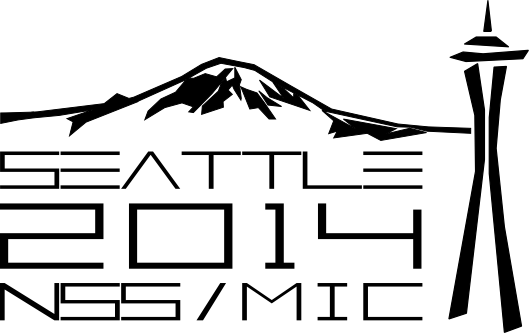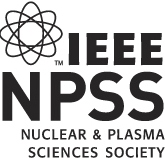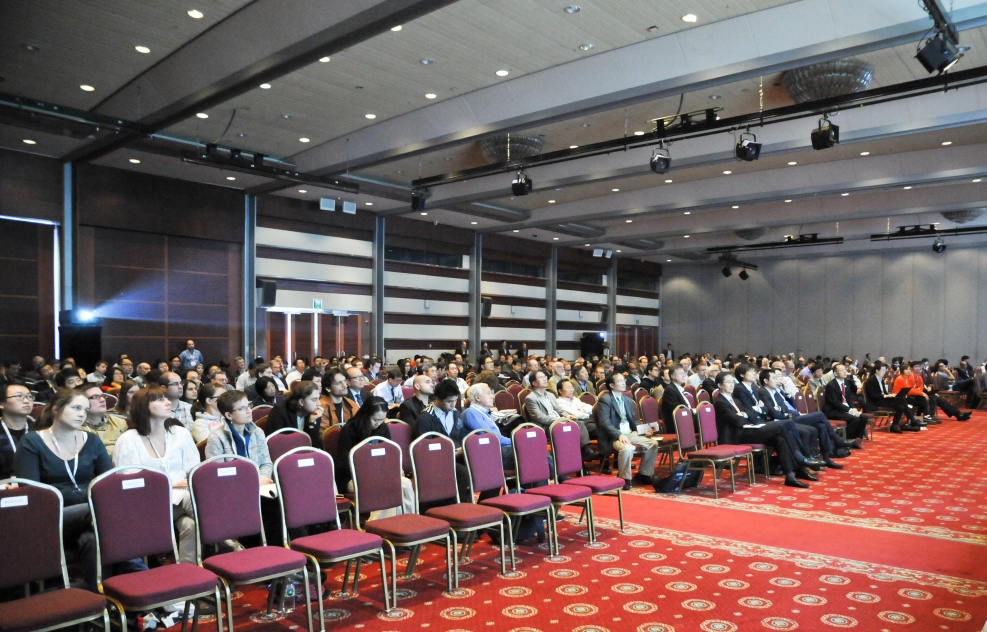
NSS Plenary Speakers
N01-2: The Mystery of Mass and the Higgs Boson, Olga Botner
Monday, 10 November, 8:45-9:30

Abstract
Mass is something most of us relate to – at least when we think of it in terms of weight, standing on the scales! We are also used to think of different chemical elements having different “atomic weight” or “atomic mass”: a water filled balloon is much heavier than one filled with helium – and harder to push even in the absence of gravity! But what determines the masses of individual atoms – or their elementary constituents?
The éminence grise of the Standard Model of particle physics, the crucial component giving mass to the building blocks of matter, has for a long time been the Higgs field. Postulated in 1964, the physical manifestation of this field - the Higgs boson – has been searched for at each new accelerator coming into existence. Fascinating hints were seen at the Large Electron Positron Collider but finally on 4 July 2012, the theory was confirmed by the announcement of the detection of the Higgs particle at CERN’s LHC. Following this discovery, François Englert and Peter Higgs were jointly awarded the Nobel Prize in Physics 2013. The talk will address the question of how mass is related to the Higgs field and the experimental evidence for the new particle actually being the elusive Higgs.
Biography
Olga Botner received her PhD from the Nils Bohr Institute, University of Copenhagen, in 1985. She is an experimental elementary particle physicist with a career that started at the Axial Field Spectrometer experiment at CERN’s Intersecting Storage Rings. Following the decommissioning of the ISR, she joined the DELPHI experiment at the Large Electron Positron collider and participated in the development and commissioning of the Forward Ring Imaging Cherenkov detectors. Since 1986, she has been active as a researcher and academic teacher at Uppsala University and is presently professor of experimental elementary particle physics at the Dept. of Physics and Astronomy. In 1998, Botner joined the AMANDA collaboration building a prototype detector for astrophysical neutrinos in the Antarctic ice sheet close to the South Pole. AMANDA paved the way for IceCube which in 2013 discovered the first high-energy astrophysical neutrinos from beyond the solar system. Since 2013, Botner is the spokesperson of IceCube. In 2001, she was elected member of the Royal Swedish Academy of Sciences and is presently member of the Nobel Committee for Physics. She presented the Nobel Prize in Physics at the press conference on October 8, 2011, and again in 2013.
N01-3: One Martian Year in the Life of the Curiosity Mars Rover, Nina Lanza
Monday, 10 November, 9:30-10:00

Abstract
The Curiosity rover has been on the surface of Mars for over one Mars year (two Earth years). The goal of this mission is to determine the past and present habitability of the martian surface. As such, the search for water, hydrated minerals, and organic molecules is particularly important for this mission. In the past two years, Curiosity has discovered abundant evidence that her landing site, Gale crater, has had flowing liquid water in it. Curiosity is now en route to Mt. Sharp, a mountain of sediments ~18,000 feet high in the center of the crater, to investigate what appear to be layers of clay, sulfate, and iron oxide minerals. In this talk we will discuss the latest results from the rover mission, with a focus on data from the ChemCam instrument. ChemCam consists of two instruments, a laser-induced breakdown spectroscopy (LIBS) instrument and a Remote Micro-Imager (RMI) camera. The LIBS instrument obtains chemical information about targets up to 7 m from the rover, while the RMI provides a geologic context image for the returned chemistry data. In addition to mission results and the ChemCam instrument, we will also discuss the particular technological challenges presented by the martian environment, including cold temperatures, low atmospheric pressures, and sharp rocks.
Biography
Nina Lanza is a Postdoctoral Research Associate at Los Alamos National Laboratory, where she has worked for the past 3 years. She is currently living her dream of working on a spaceship with lasers on Mars as part of the ChemCam instrument team on the Curiosity rover. She joined the ChemCam team as a PhD student in 2006 and has continued to support the project as a postdoc. As a geologist, Nina contributes to ChemCam in three ways: 1) Supporting day-to-day rover operations; 2) interpreting scientific data returned from Mars; and 3) carrying out laboratory experiments to better understand the returned martian data.
N01-2: CONCENTRATING SOLAR POWER (CSP) - Solar power on
demand, Christoph Richter
Monday, 10 November, 10:30-11:15
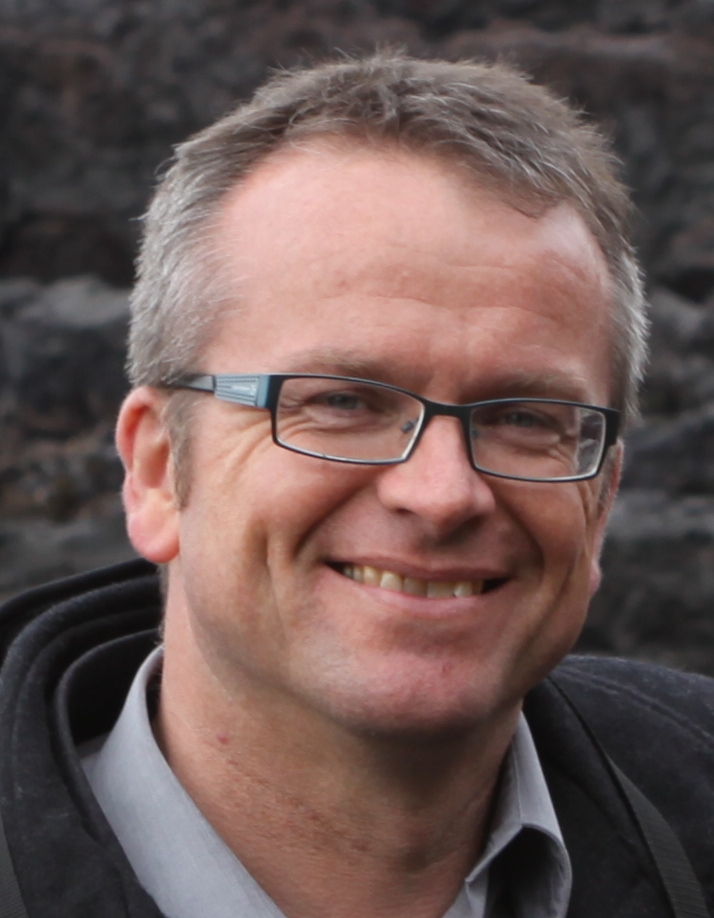
Abstract
Concentrating Solar Technologies, usually referred to as CSP, use different mirror configurations for concentration of direct solar radiation to achieve high temperatures approximately in the range from 200 – 2000°C to drive conversion processes for power generation and eventually different industrial high temperature production processes, especially thermochemical cycles. Power generation is currently by far the most important and developed sector with a total global installed capacity of about 100 operating solar thermal power plants in a range of 10 – 280 MW each, totally approaching 4 Gigawatt. A distinctive characteristic of CSP plants is their ability to incorporate high temperature thermal storage to shift the power production to hours without sunshine or help to balance the power supply in electricity grid with growing shares of fluctuating renewable energy especially from wind or photovoltaic power plants.
Current R&D programmes support the development of improved storage technologies, new materials for receiver systems and heat transfer fluids with the overall goal to increase the application potential and decrease the cost of generation of electric energy to accelerate market introduction. R&D for thermochemical cycles to generate hydrogen as an energy vector and basis for future “solar fuels” for the transport sector are an important contribution to the mid- and long-term sustainability of the energy system.
This presentation will give an overview of the global CSP technology status, R&D trends and market situation, including a brief overview of the current status of renewable energies in general.
Biography
Christoph Richter studied Chemistry at the University of Cologne and finished with a Ph. D. in Physical Chemistry with studies of membrane carrier transport processes for gas separation in 1993. He started then as Project Manager at the DLR (German Aerospace Center) department at the Plataforma Solar de Almería (PSA-CIEMAT) in Spain, the major test center for R&D in concentrating solar high temperature technologies, developing and managing a facility for solar photochemical fine chemical synthesis, and furthermore working in research on solar photocatalytic detoxification of contaminated waters. Since 1996 he moved to studies on power plant technology, including environmental impact assessment, thermal storage development and cooling of power plants optimization. He started in 2004 as Operating Agent for Task 3 of the International Energy Agency´s Implementing Agreement Solar PACES (Solar Power and Chemical Energy Systems) and in March 2008 took over the position of Executive Secretary of this international network. One of his main responsibilities here is the organization of the annual SolarPACES conference, the leading annual event in the CSP sector.
He is author or co-author of numerous publications and presentations in this field, most recently as editor of the section on solar thermal energy in Springer´s Encyclopedy of Sustainability Technologies.
N02-2: News from the Hunt for Dark Matter, Richard Gaitskell
Monday, 10 November, 11:15-12:00
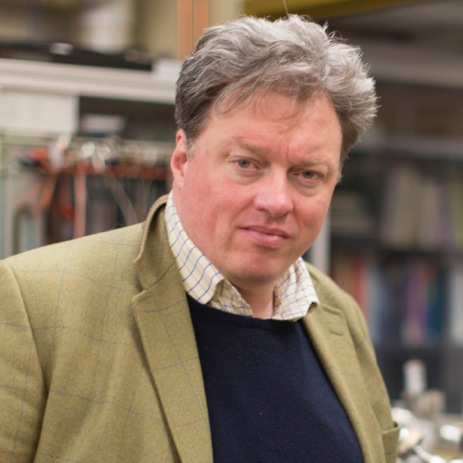
Abstract
Particle dark matter is thought to be the overwhelming majority of the matter in the Universe. Its gravitational contribution overwhelms that from the ordinary matter that we, the earth and the stars, are composed of. However, direct evidence for the existence of particle dark matter remains controversial. In the last few years a number of experimental collaborations have reported possible signals consistent with dark matter discovery.
We have been searching for the direct interactions of dark matter in (sub-) terrestrial detectors for 27 years. A wide-range of techniques has been employed in order to establish convincing evidence for these interactions. (I have worked on five of them during this period.). In the early-experimental stages of our searches interaction rates of 1000 per kg of detector per day were explored. Today we are looking for dark matter events which are as rare as 1 per kg per century. We carry this out with detectors that have active masses that are at the tonne-scale, but yet they can be sensitive to particle interactions with energies of less than 1 keV.
The detectors exploit a wide range of detection techniques including the scintillation and ionization properties of noble elements, bubbles in superheated fluids, quasiparticles in superconductors, ionization in semiconductors, and phonons in milliKelvin targets. Often these technologies are mixed together.
I will discuss the general motivations for the hunt for dark matter, and review the technologies that have been used to pursue it. I will discuss some of the latest results in the field of direct detection, and look at the best techniques that may help us to definitively detect the illusive dark matter particles.
Biography
Richard Gaitskell is the Hazard Professor of Physics, and the head of the Particle Astrophysics Group, at Brown University. He is the co-spokesperson of the LUX (Large Underground Xenon) dark matter experiment. He was a founding PI of the experiment in 2007. LUX is the latest venture in his 24 year career, working at underground laboratories, looking for particle dark matter. He started this work at Oxford University in the UK, and then continued it at UC Berkeley, Stanford University, University College London, and now at Brown University. His focus has also been on studying and developing new technologies for the advanced detectors used in rare event searches. This has included low temperature detectors (sub-Kelvin) exploiting the properties of both superconductors and semiconductors, and also detectors based on scintillation and ionization in noble elements. He has also developed new photodetectors to work with scintillating targets.
The LUX (Large Underground Xenon dark matter) Experiment was constructed in 2010-2012, has a target of over 350 kg of liquid xenon, and is now searching (2013-2015) for the direct interaction of Particle Dark Matter using the Sanford Underground Research Facility in the Black Hills of South Dakota. Prof Gaitskell was also the first spokesperson for LUX-ZEPLIN Collaboration, a 7 tonne liquid xenon experiment, which is planned to follow LUX at Sanford Lab in 2017+.
Prof. Gaitskell joined the Brown faculty in 2001. During the period 2001-2007 the Brown Particle Astrophysics Group were a lead collaborator in the CDMS II (Cryogenic Dark Matter Search) and XENON10 Experiments. Prof. Gaitskell previously held positions as a Faculty Senior Lecturer in the Department of Physics and Astronomy, University College London, UK; he was a Fellow at the Center for Particle Astrophysics in UC Berkeley, CA; a Visiting Scholar at Stanford University, CA; and a Prize Fellow at Magdalen College, Oxford, and the Dept. of Physics, Oxford University, UK. His thesis (in dark matter detection) and undergraduate degrees are from Oxford University, UK.
